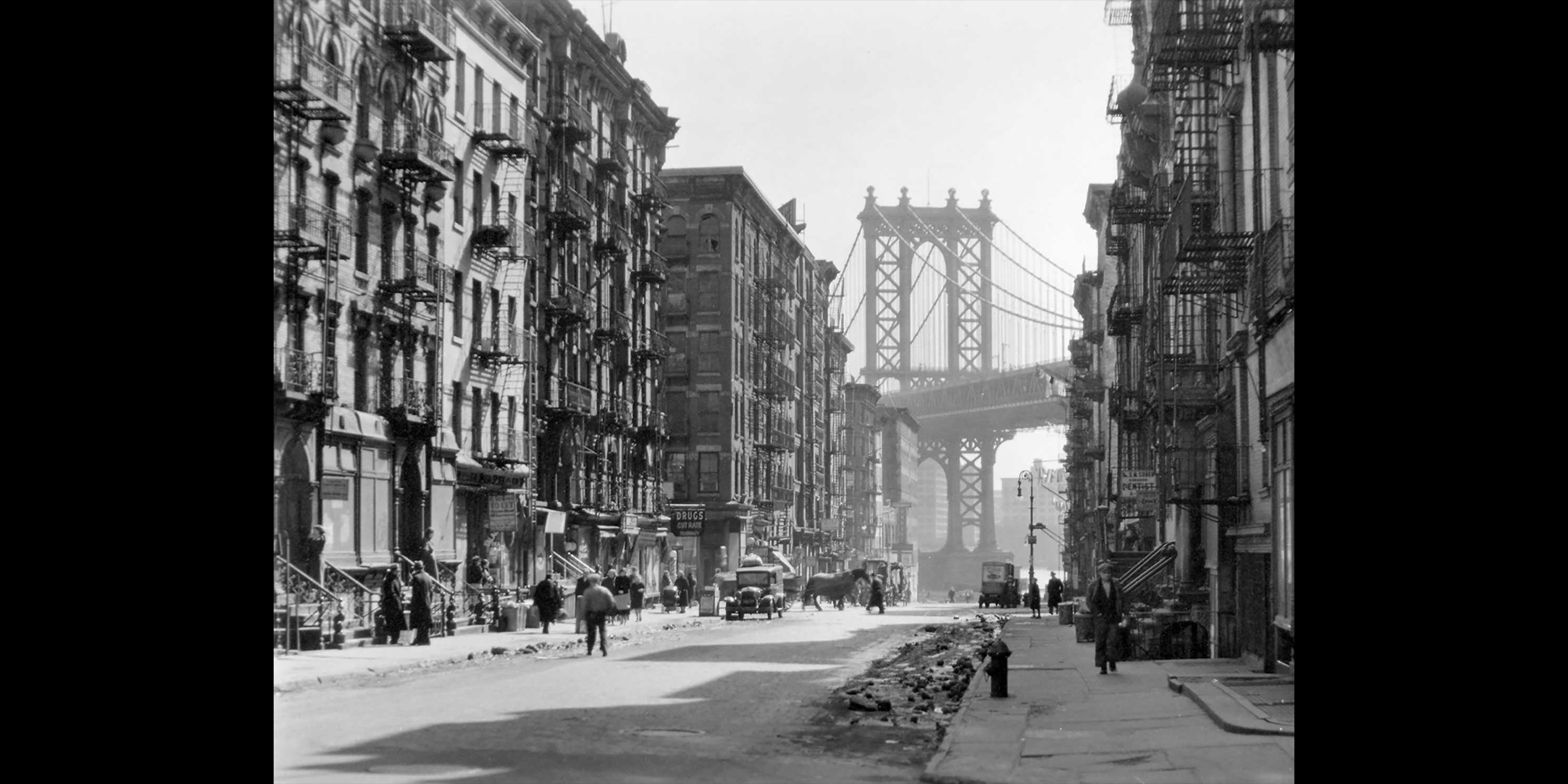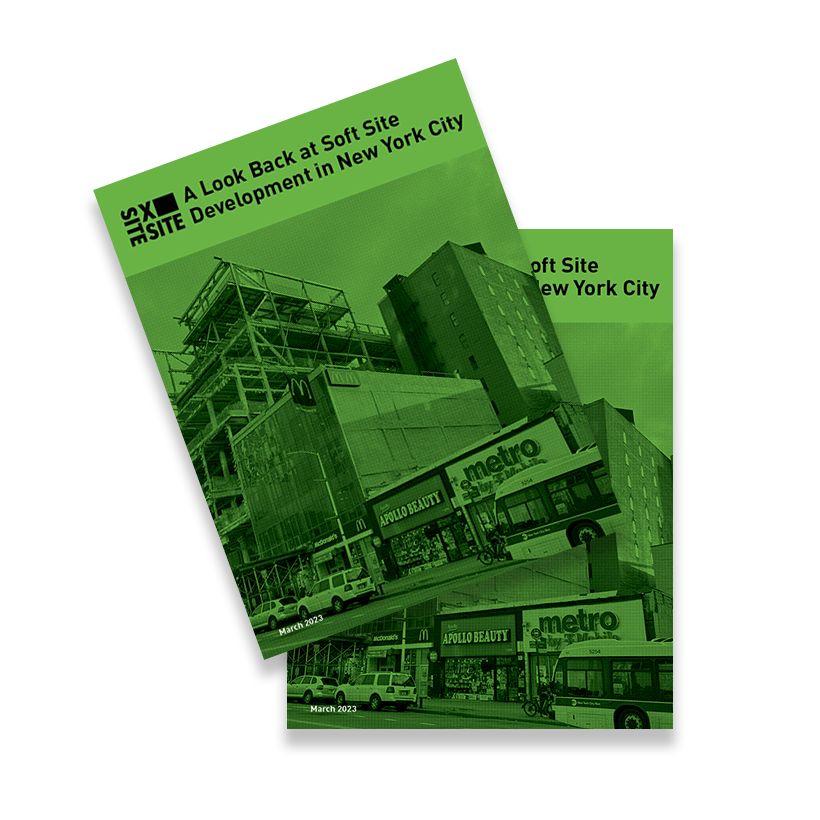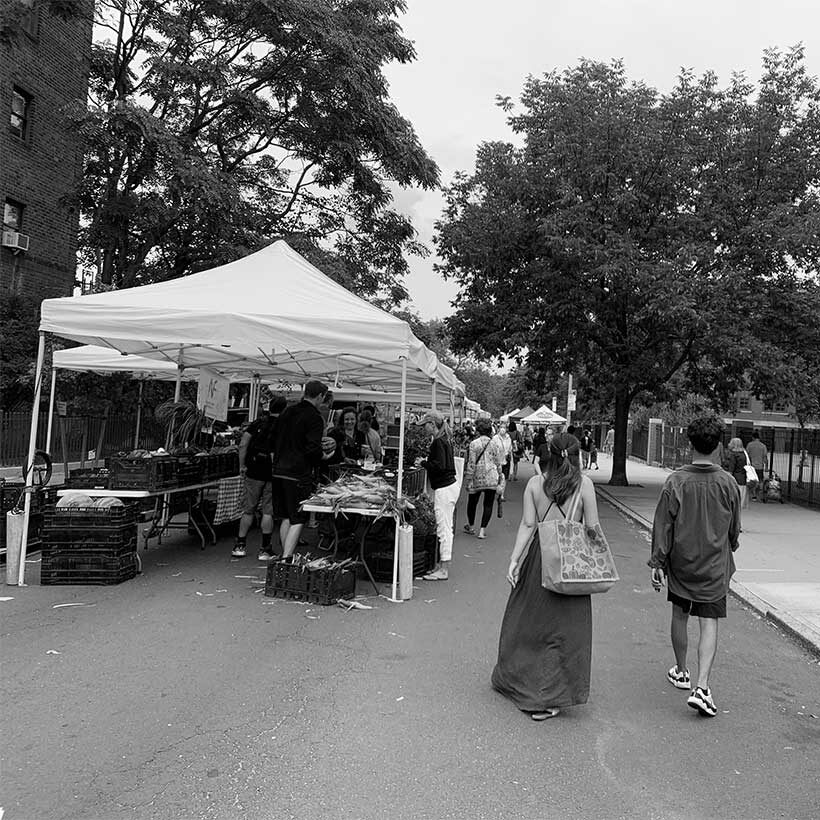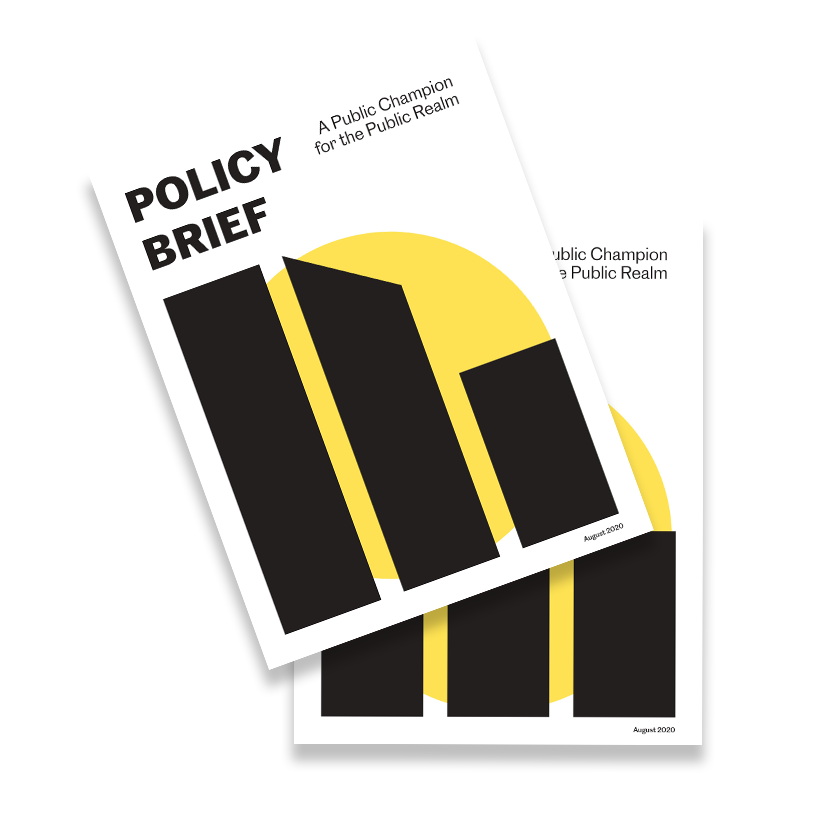President’s Letter: March 2023
Monthly observations and insights from MAS President Elizabeth Goldstein
On March 22, MAS turned 130. It feels as though the organization’s roots in 1893 were in a different world, never mind a different era. However, over the course of a century+ the organization has evolved and adapted, as has the city itself. MAS has always been grounded in a magic mojo of vision and willingness to jump into an issue of the day. MAS has fought for new approaches to everything from art to land use, from housing to parks.
Looking back over the past 130 years, one of the significant decades for both NYC and MAS was the 1920s. By 1929, MAS had commissioned artworks for many public buildings and public spaces. The organization had advocated for the first ever zoning code in New York and the world, launched a citywide tree planting campaign, fought for affordable public housing, and assisted in the defeat of a subway line proposed for Central Park.
In 1929, American photographer Berenice Abbott reluctantly returned to New York for what was intended to be a short visit after spending almost a decade in Paris. Once here, Berenice Abbott explored the city with a small format camera, taking snapshots of the city and pasting them onto those black album pages, those of us of a certain age will remember. I can almost feel the weight of them with an uncanny tactile familiarity. The Metropolitan Museum has an exhibition of her album pages. It is well worth a trip. (I would advise bringing a magnifying glass.) These pages capture a moment of New York history, perched on the knife edge of the cataclysmic transition from the roaring 20s to the aftermath of the collapse of the financial markets in 1929. They also foreshadow the photographs that would come after, capturing New York in the next decade, as it grappled with the Depression and ultimately culminated in her seminal book for the WPA, Changing New York. They also foreshadowed places and buildings MAS will fight to preserve. Berenice Abbott observed “Old New York is fast disappearing…at almost any point on Manhattan Island, the sweep of one’s vision can take in the dramatic contrasts of the old and the new and the bold foreshadowing of the future.1

The photographs are not quite polished. Nor are they fully thought-through observations of an artist. However, I was struck by how these rough-cut quick shots–somewhere between historical record and art–evoke the New York we know today. The shadows coming through the elevated tracks could be along White Plains Road in the Bronx or 31st Street in Astoria for example. The shops along the streets may have changed but there is something about the hulking mass of the El that is forever unaltered. The dress of the walkers on the Manhattan Bridge may be different but they seem ethereal against the steely, lacework of the bridge and totally evocative of the experience you would have today. And just as visceral, the sensation of viewing the layering of buildings in dense neighborhoods is eerily familiar. The way light slices in wherever it can. The buildings may be modernist masterpieces, or super-tall monstrosities, rather than 19th century warehouses but the way they overlap visually is one of the constantly fascinating aspects of New York then and now.
I am sure there are many of you tapping your foot, eager to give me the latest example of jarring change the city has experienced. And you are right, of course. There is a lot the city has to regret and work to correct, such as the ways land use and legislation was used to control where people lived and to what opportunities they had access, and how these past decisions continue to create inequities today. But there is also so much to take pride in, our ground-breaking civic and governmental institutions, new tools to solve problems such as the equitable development database and an expanding park system with Fresh Kill in Staten Island and Brooklyn Bridge Park.
My observations of Abbott’s work were influenced not just by the fact that MAS turned 130. Our current work has caused me to investigate aspects of our history that I know less well than others, for example our hot and cold relationship to Robert Moses, and the founding of the Art Commission, now the Public Design Commission. And of course, being neck deep in the ever-present Penn Station debate reinforces that sense of history, as well.
It is hard to head an organization such as MAS without feeling the ghosts of MAS leaders past looking over my shoulder and checking my work. But this burden comes with a bit of pride when we are able to add something of significance to the timeline of accomplishments. Clearly, the recent appointment of the first ever Chief Public Realm Officer was one of those moments.
I enjoy imagining those same ghosts smiling when on our actual anniversary, we held a reception for our most recent Menapace Fellow, Jahmel Martin. We were joined that night by a wonderful cast of former Menapace Fellows, the newest generation of them, Rachel Mazur and Alia Soomro as well as some of the older generations, (forgive me gang) Holly Leicht, John Low-Beer (the first Menapace Fellow) and Elizabeth Lusskin. It felt like family, even though the group of Menapace Fellows couldn’t have more different backgrounds and inevitably different career trajectories. It is the passion for the city that binds them and us together.
I hope you will have some fun as we unfurl the history of MAS in our Instagram and Facebook posts over the next few months. Thanks for being a part of that history.
We may be getting on, but we are still ready for our close-up, Mr. DeMille!

Elizabeth Goldstein
President, Municipal Art Society of New York
Notes



